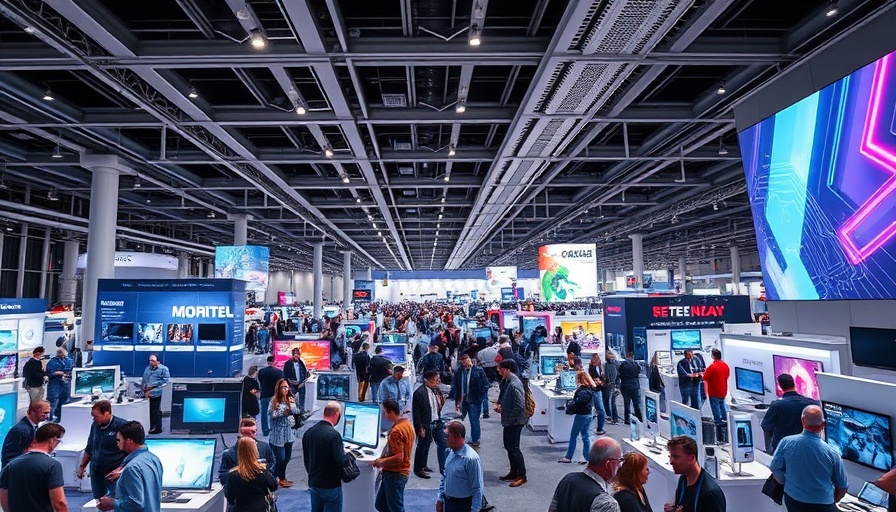
Unlocking the DevOps Career Path: Opportunities Await
As the technology landscape rapidly evolves, the demand for skilled DevOps professionals continues to grow. Numerous job opportunities are emerging, reflecting the critical role DevOps plays in streamlining workflows, enhancing collaboration, and improving software delivery. This article dives deep into five compelling job roles within the DevOps domain that not only promise growth but also cater to a variety of skill sets.
1. DevOps Engineer: The Heart of Integration
The DevOps Engineer role stands out as one of the most sought-after positions in the industry. This role requires expertise in both development and operations, creating a bridge between software developers and IT operations. With responsibilities ranging from automation processes to infrastructure management, a DevOps Engineer is essential to ensure smooth, continuous integration and deployment (CI/CD). Professionals in this field often utilize tools such as Jenkins, Docker, and Kubernetes to optimize processes, and their understanding of Agile methodologies can significantly enhance team productivity.
2. Site Reliability Engineer (SRE): Ensuring Reliability at Scale
Site Reliability Engineers combine principles of software engineering and systems engineering to build scalable and highly reliable systems. This role is perfect for those who enjoy coding while also managing systems. The work revolves around maintaining the infrastructure, automating repetitive tasks, and monitoring system performance. Interestingly, the rise of SRE has led to a fusion of DevOps and traditional IT operations, providing an excellent career path for IT professionals looking to transition into a more coding-focused role.
3. DevSecOps Engineer: Security as a Priority
With cybersecurity threats increasing, the role of a DevSecOps Engineer has become paramount. This position emphasizes integrating security measures throughout the DevOps process, ensuring that development teams prioritize security from the start. By advocating for security best practices, a DevSecOps Engineer plays a vital role in mitigating risks, adhering to compliance, and fostering a security-first mindset within development teams. Proficiency in tools like Snyk and Terraform can significantly enhance a candidate's employability in this area.
4. Agile Coach: Driving Team Productivity
Agile Coaches are essential in organizations transitioning to Agile methodologies. Their responsibility is to guide teams through Agile practices and ensure alignment with DevOps principles. These professionals often train teams in frameworks such as Scrum and Kanban, helping them tackle challenges associated with Agile transformations. By fostering a culture of collaboration and continuous improvement, Agile Coaches directly influence the effectiveness of DevOps teams, making this a rewarding position for those passionate about coaching and mentorship.
5. Cloud Engineer: Powering the Future of Infrastructure
With the cloud revolution gaining momentum, Cloud Engineers have never been in higher demand. This role focuses on designing, implementing, and maintaining cloud infrastructure and services. Cloud Engineers need to be well-versed in platforms like AWS, Azure, or Google Cloud while also understanding containerization and microservices architecture. As companies increasingly migrate to the cloud, the skill set required for this position continues to expand, making it a robust choice for aspiring DevOps professionals.
Future Opportunities and Trends in DevOps
The future of various DevOps roles looks promising, as companies continue to adopt and refine DevOps practices. With advancements in AI and machine learning, the roles within DevOps will likely shift to incorporate more data analysis, predictive maintenance tasks, and automation. Opportunities for specialization are evident not just in technical areas but also in management and cultural governance, ensuring that DevOps professionals can evolve along with industry trends.
Final Thoughts: Seizing the Moment
The DevOps career path offers exciting opportunities for those looking to merge technical skills with innovative practices in software delivery. As businesses demand agility and efficiency, embracing one of these roles can lead to a fulfilling career while playing a pivotal role in modern software development. For individuals passionate about technology and collaboration, now is the time to explore the vibrant landscape of DevOps.
 Add Row
Add Row  Add
Add 




Write A Comment